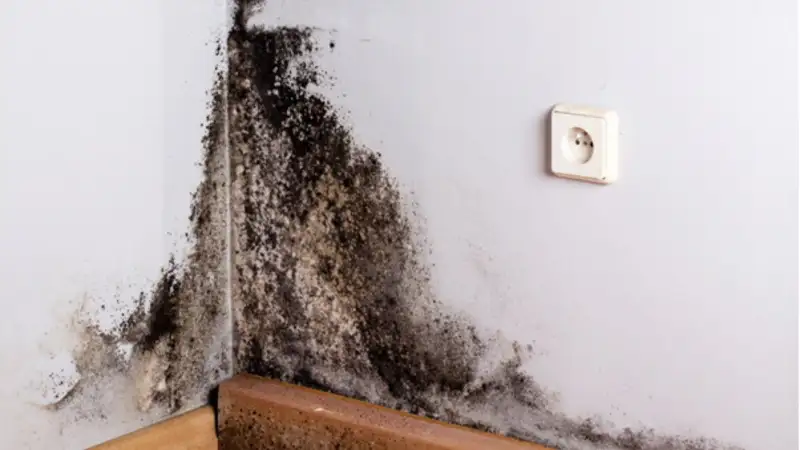Many people do not realize that the air inside their homes can be filled with hidden risks. One of the most common dangers is mold, which grows in damp and dark spaces. Mold may seem like a simple nuisance, but it can harm health and damage the structure of a home if it is not addressed.
Knowing how mold spreads and how it affects the body can help you take action before it becomes a serious problem. If you are ready to protect your family and create a safer living space, now is the time to learn how mold works and how to manage it effectively.
How Mold Affects Health
Mold releases tiny spores into the air, and these spores can be breathed in without people even noticing. For some, the effects are mild, such as sneezing or a stuffy nose. For others, especially children, seniors, or those with asthma, mold exposure can be much more serious. It can trigger coughing, wheezing, skin irritation, and even infections.
Long-term exposure may weaken the immune system and make it harder to fight off illness. What makes mold so dangerous is that symptoms may initially seem like common allergies or colds. People may not connect their health issues to the air quality in their homes. This delay in action allows mold to spread further, making both health risks and repair costs much greater.
Why Mold Grows Indoors
Mold needs moisture to survive, which is why it is often found in bathrooms, kitchens, basements, and around leaky pipes. Poor ventilation can make the problem worse because damp air does not dry out. Homes that have experienced flooding or water damage are especially at risk if cleanup has not been completed thoroughly.
Once mold finds a place to grow, it can spread quickly. Even small patches on walls or ceilings can release spores that travel to other parts of the home. This is why dealing with the source of the problem is just as important as cleaning the visible spots.
Managing Mold at Home
The first step in managing mold is finding and fixing the source of moisture. Without removing the water problem, mold will return even after cleaning. Keeping areas dry and well-ventilated helps prevent growth. Regular inspections of bathrooms, basements, and attics can also catch mold early before it spreads.
Sometimes, this problem exceeds what a homeowner can handle independently. Professional help may be necessary to safely and completely remove mold. Mold removal services in Boulder can provide expert support to identify hidden mold, treat affected areas, and restore safe air quality in the home. Their methods extend beyond surface cleaning to ensure that mold does not return.
Take Control of Your Living Space
Mold is more than an unsightly mark on walls or ceilings. It can have a direct impact on health and create long-term issues if ignored. By learning how mold grows, recognizing its health risks, and taking steps to manage it, you can protect your family and your home. Comprehensive care that includes both prevention and professional support gives the best results.
A healthier home begins with awareness and action. Do not wait for symptoms or damage to get worse. Take control now, create a safer environment, and enjoy the peace that comes with clean air and a mold-free living space.
Expand your knowledge and check out more posts on our blog! For more information, visit our website.
